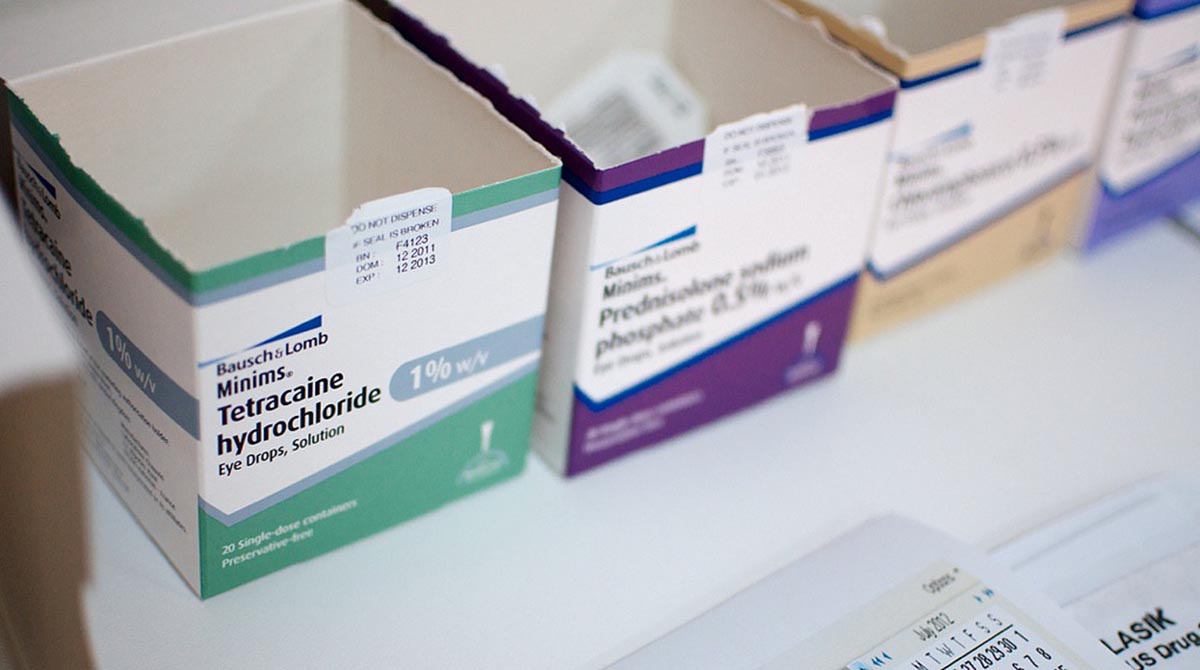Table of Contents
One of the things that need to be understood is that there is no "cure" for a chronic case of dry eyes. That means that the underlying imbalance between tear production and its composition will continue to be the same in most cases, however this condition can be treated by a number of different methods.
Tear Replacements
The use of artificial tears sold over the counter all over the world is the primary and the most effective treatment for the large majority of people suffering from chronic dry eye syndrome. The exact composition of these tears varies from company to company but they all mimic the components found in naturally formed tears. They all contain hyaluronic acid, carboxy methyl cellulose, and polyvinyl alcohol.
Patients might have to experiment with a few different brands before they find the best fit for their needs.

Punctal Occlusion
This is based on the simple premise that if the ducts draining away the tears from the surface of the eyes are blocked, then the tears will last for longer, thus providing comfort to the patients. The sensible way is to first test the waters with the use of an absorbable, temporary plug.
While these permanent plugs do not cause any trouble in the large majority of the patients, they can be removed quite easily by the surgeon if the need arises.
Unclogging The Glands
There are medical devices that are available now which attempt to improve the functioning of the glands producing the tears by the use of heat and pressure. These act on the surface of the eyelids. Their use has shown mixed results in patients with some reporting an increase in comfort while others showing no change.
Cyclosporin
A cyclosporin emulsion for use in the eyes is currently the only drug that has been approved for use in chronic dry eye treatment that helps an increase in the amount of tears being produced by the body.
Topical Steroids
Eye drops containing topical steroids are used to help reduce the inflammation that is often associated with chronic dry eye patients. While this does not help increase the lubrication by itself, it does help make the patient feel more comfortable.
Nutritional Supplementation
Recent reports have suggested that patients suffering from chronic dry eye syndrome will benefit with the use of Omega-3 fatty acid supplementation. There is no harm in trying this method however more research needs to be undertaken in this field to be absolutely sure of the various effects it might have.
READ Ocular Migraine: Eye Migraines or Ophthalmic Migraine
- Photo courtesy of orangeacid via Flickr: www.flickr.com/photos/orangeacid/234358923
- Photo courtesy of orangeacid via Flickr: www.flickr.com/photos/orangeacid/234358923
- Photo courtesy of Focus Laser Vision via Flickr: www.flickr.com/photos/focuslaservision/7558226410
- 1. http://www.allaboutvision.com/conditions/dryeye.htm
- 2. http://www.webmd.com/eye-health/eye-health-dry-eyes


Your thoughts on this